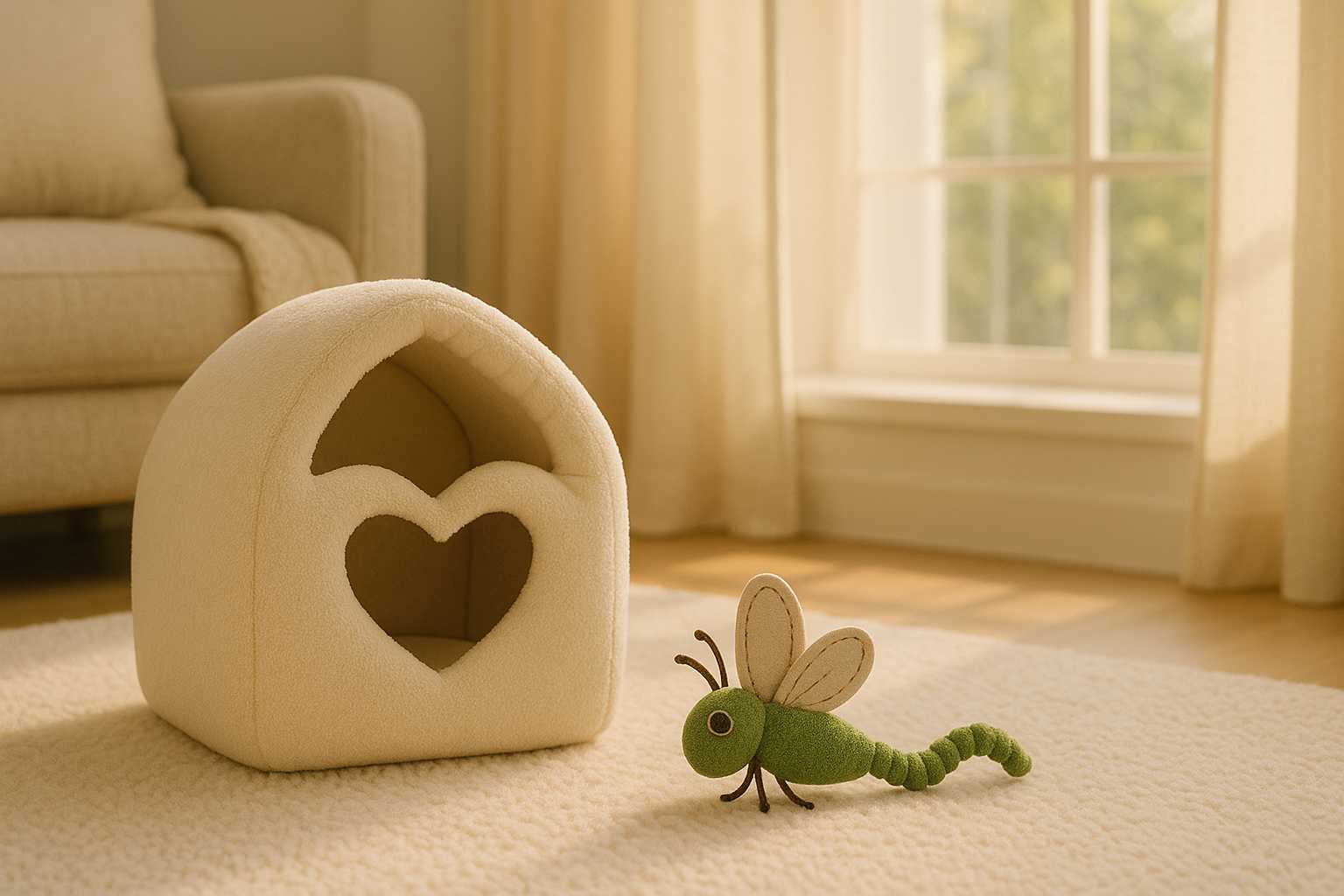Finding the ideal cat toy for crate training can make the process smoother, less stressful, and even enjoyable for your feline companion. Crate training is often associated with travel, vet visits, or periods of confinement, which can be unfamiliar and anxiety-inducing for many cats. Introducing a familiar and stimulating toy into the crate helps create positive associations, turning the crate from a place of stress into a safe, comforting space.
A well-chosen toy encourages your cat to explore the crate on their own terms. Soft plush toys infused with catnip, small chew toys, or interactive items that rattle or crinkle can provide comfort and mental stimulation. When the toy becomes part of the crate environment, it sends a signal to the cat that the space is not threatening but instead linked to play and relaxation.
The key to success lies in choosing the right kind of toy. A cat toy for crate training should be compact, durable, and safe for unsupervised use. Avoid anything with loose strings or choking hazards. Instead, opt for toys made of soft fabric, compressed catnip, or rubbery textures that satisfy chewing and pawing instincts without risk. Some cats may respond well to toys that mimic prey behavior, like small wiggly mice or toys with gentle motion mechanisms.
 Adding the toy to the crate gradually can also help build trust. Start by placing the toy near the crate’s entrance and slowly move it deeper inside as the cat becomes more comfortable. Pairing the toy with a soft blanket and occasional treats reinforces the feeling of security. Over time, the crate becomes a familiar zone, not because the cat is forced in, but because it offers comforting elements—including their favorite toy.
Adding the toy to the crate gradually can also help build trust. Start by placing the toy near the crate’s entrance and slowly move it deeper inside as the cat becomes more comfortable. Pairing the toy with a soft blanket and occasional treats reinforces the feeling of security. Over time, the crate becomes a familiar zone, not because the cat is forced in, but because it offers comforting elements—including their favorite toy.
Toys are especially helpful for long car rides or vet appointments. A cat toy for crate training keeps the cat distracted and relaxed, reducing excessive meowing, scratching, or pacing. The calming effect of a familiar object can’t be overstated—especially when paired with other comfort items like a favorite bed or a piece of the owner’s clothing.
For kittens or cats new to crates, toys serve as powerful tools to reduce fear. Interactive balls, treat-dispensing toys, or puzzle feeders inside the crate give them a purpose and reason to engage. This turns the crate into a fun and rewarding environment rather than just a holding area.
Regularly rotating or refreshing the toys in the crate keeps things interesting and prevents boredom. Familiarity is important, but variety adds excitement and encourages continued engagement. Just make sure any new toy is introduced gradually and doesn’t overwhelm a sensitive or nervous cat.
Choosing the right cat toy for crate training isn’t just about keeping your pet entertained—it’s about building trust, reducing anxiety, and making confinement less intimidating. Whether for everyday use or occasional travel, the right toy makes all the difference. Crate training becomes more effective, and your cat grows more confident and relaxed, all while feeling secure in their personalized little space.









